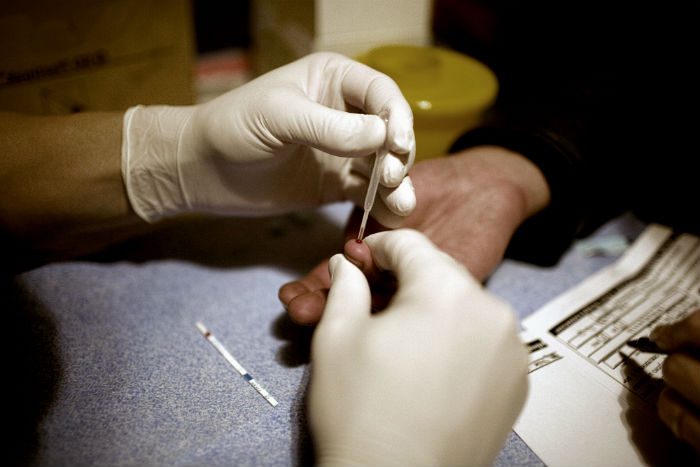By: Fatima Arkin
Send to a friend
The details you provide on this page will not be used to send unsolicited email, and will not be sold to a 3rd party. See privacy policy.
[MANILA] Stigma and marginalisation of people living with viral hepatitis are among barriers to a global plan to eliminate the disease as a public health threat by 2030, a conference in Shanghai, China, heard this month (15—19 February).
A highlight of the conference —convened by the Asia Pacific Association for Study of the Liver (APASL), the Coalition to Eradicate Viral Hepatitis in Asia Pacific (CEVHAP), the World Hepatitis Alliance and the Chinese Foundation for Hepatitis Prevention and Control — was a forum participated by 25 NGOs from 13 Asia Pacific countries.
“It was a milestone for practitioners to come together vowing to fight hepatitis as part of the Sustainable Development Goals.”
Dee Lee, Inno Community Development Organisation
“The NGO sector involved in viral hepatitis provided a unique perspective in representing the needs of other key stakeholders involved in the elimination of viral hepatitis,” says Jinlin Hou, president of APASL and chair of the department of infectious diseases at the Southern Medical University in China. “They provide the on-the-ground, lived experience and the information that ensures that services provided by clinicians are effective and efficient.”
Viral hepatitis is a silent epidemic that kills 1.4 million people each year globally. The Asia-Pacific region accounts for a million of those deaths, a toll three times as much from HIV/AIDS. Around the world, 400 million people live with chronic hepatitis, and that number may rise as more people are screened and tested.
It was in May 2016 that the WHO released the Global Heath Sector Strategy on Viral Hepatitis and set the goal to eliminate hepatitis. APASL has been providing resources to NGOs engaged in this cause, says Hou, adding that their inclusion in the conference agenda was inevitable.
“It was a milestone for practitioners to come together vowing to fight hepatitis as part of the Sustainable Development Goals,” Dee Lee, CEVHAP member and chief of the Inno Community Development Organisation, tells SciDev.Net. “The misunderstanding and dissent between patient advocacy groups and physician institutes can't be dissolved through a single meeting, but it has already established a base for mutual understanding.”
Lee says partnerships have been formed with participating organisations. For instance, Inno is now talking and engaging with Yellow Warriors from the Philippines and Stanford Asia Liver Center in the US to develop an anti-discrimination strategy for the workplace.
“A comprehensive approach is the only way to tackle the difficulties of ending hepatitis and that was apparent at the meeting,” says Lee. “The idea will be integrated into our project design to find appropriate stakeholders to bridge the resources and advantages.”
This piece was produced by SciDev.Net’s Asia & Pacific desk.














